Property of a Bankruptcy Estate under Bankruptcy Law
Property of a Bankruptcy Estate
What is Property of a Bankruptcy Estate?
When a debtor files for bankruptcy under the U.S. Bankruptcy Code, a bankruptcy estate is created. This estate consists of all legal or equitable interests of the debtor in property as of the commencement of the case.
The bankruptcy estate is a separate legal entity, and its assets are used to pay creditors under the supervision of the bankruptcy court.
Statutory Framework
The scope of property of the bankruptcy estate is defined primarily in 11 U.S.C. § 541(a).
It includes almost all property interests the debtor owns at the time of filing, including:
Real estate,
Personal property,
Contract rights,
Causes of action,
Income earned but not yet received,
Property held jointly or in trust (subject to exceptions).
Key Features
Broad Scope
The estate’s property is very broadly defined to maximize assets for creditor repayment.
Exclusions and Exceptions
Some property may be excluded from the estate by statute, such as:
Property exempt under state or federal law,
Certain retirement accounts,
Interests in certain trusts.
Property Acquired After Filing
Generally, property acquired after the bankruptcy filing is not part of the estate, except in Chapter 13 plans or by specific provisions.
Future Interests
The estate may include future or contingent interests if the debtor has a present interest.
Important Case Law on Property of a Bankruptcy Estate
1. Segal v. Rochelle (1981)
Facts: The trustee sought to include a tax refund in the bankruptcy estate.
Issue: Whether an anticipated tax refund is property of the estate.
Holding: The Supreme Court held that a bankruptcy estate includes all "legal or equitable interests of the debtor," including contingent and future interests, if they are sufficiently rooted in the debtor’s prebankruptcy past.
Significance: This case established the “rooted in the debtor’s prebankruptcy interest” test, allowing inclusion of certain contingent or future interests in the estate.
2. United States v. Whiting Pools, Inc. (1983)
Facts: IRS tried to seize debtor’s property after bankruptcy filing.
Issue: Whether the automatic stay prevents IRS collection actions.
Holding: The Court confirmed that property of the estate is protected by the automatic stay.
Significance: Reinforces that the bankruptcy estate safeguards assets for orderly distribution.
3. Andrews v. Monsanto Co. (E.D. Mo. 1996)
Facts: The debtor had a contingent cause of action against Monsanto.
Issue: Whether the cause of action is property of the estate.
Holding: The court held that causes of action existing at filing are part of the estate, even if contingent or unliquidated.
Significance: Emphasized that a debtor’s litigation claims are part of estate property.
4. In re Art Metal-U.S., Inc. (1st Cir. 1984)
Facts: The debtor sold goods on consignment.
Issue: Whether consigned goods are property of the estate.
Holding: The court ruled consigned goods remain property of consignors, not estate property.
Significance: Clarifies property rights that may exclude certain assets from the estate.
Practical Considerations
Trustees’ Role: The trustee administers the estate, selling or otherwise disposing of property to maximize creditor recovery.
Debtor’s Exemptions: Debtors may claim exemptions to protect some property from the estate.
Asset Recovery: Trustees may pursue causes of action or avoid fraudulent transfers as part of estate property.
Summary
The property of a bankruptcy estate includes almost all of the debtor’s legal or equitable interests as of filing, per 11 U.S.C. § 541.
The scope is broad, covering present, future, contingent interests, and causes of action.
Cases like Segal v. Rochelle provide the test for what interests are included.
Certain property, like exempt assets or consigned goods, may be excluded.
The estate is protected by automatic stay, allowing orderly administration and creditor repayment.


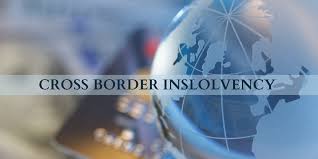







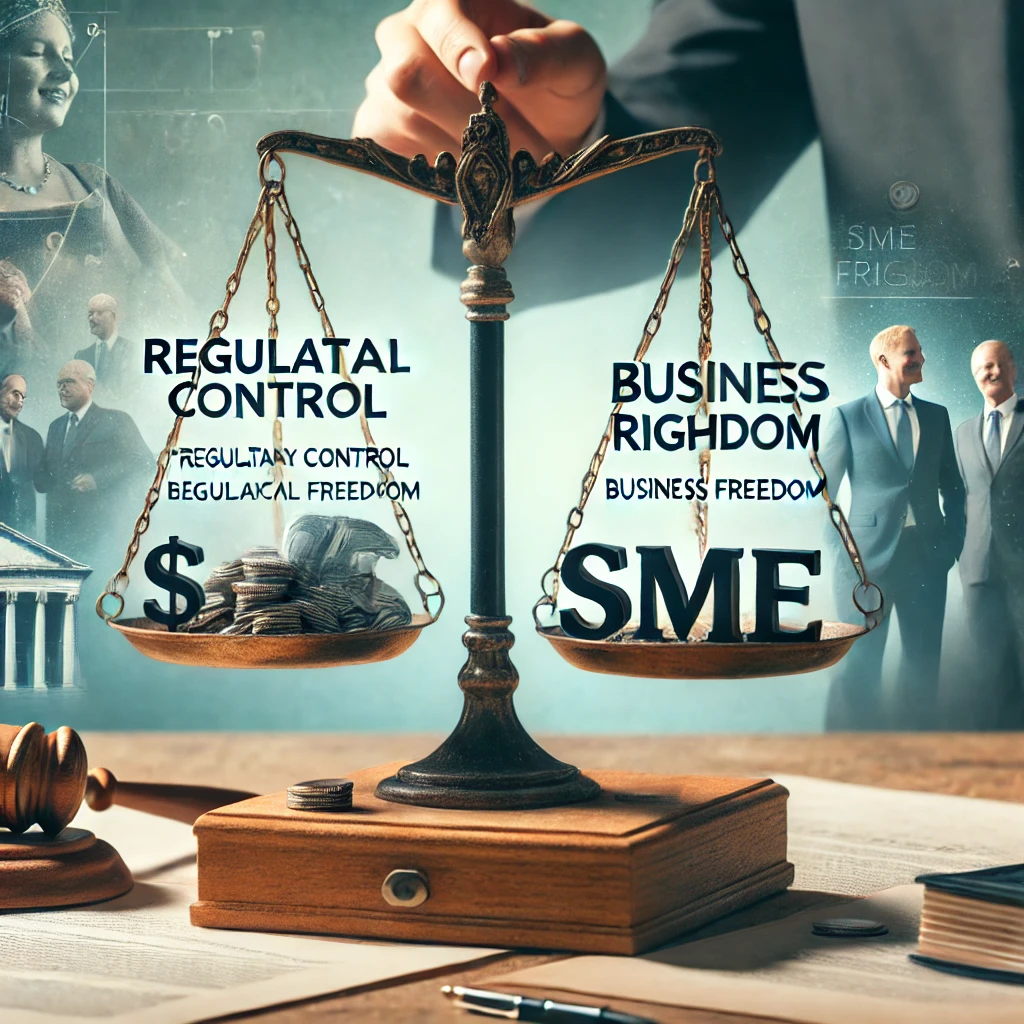




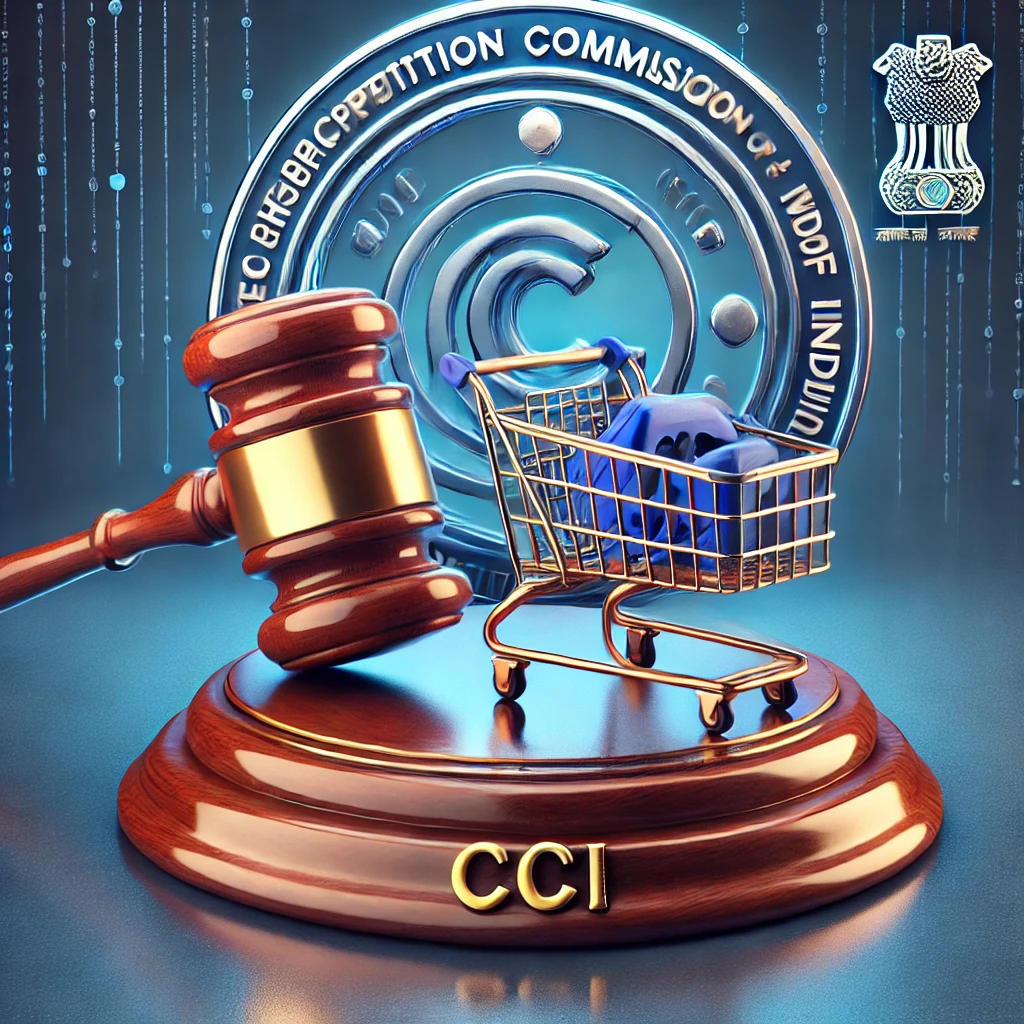







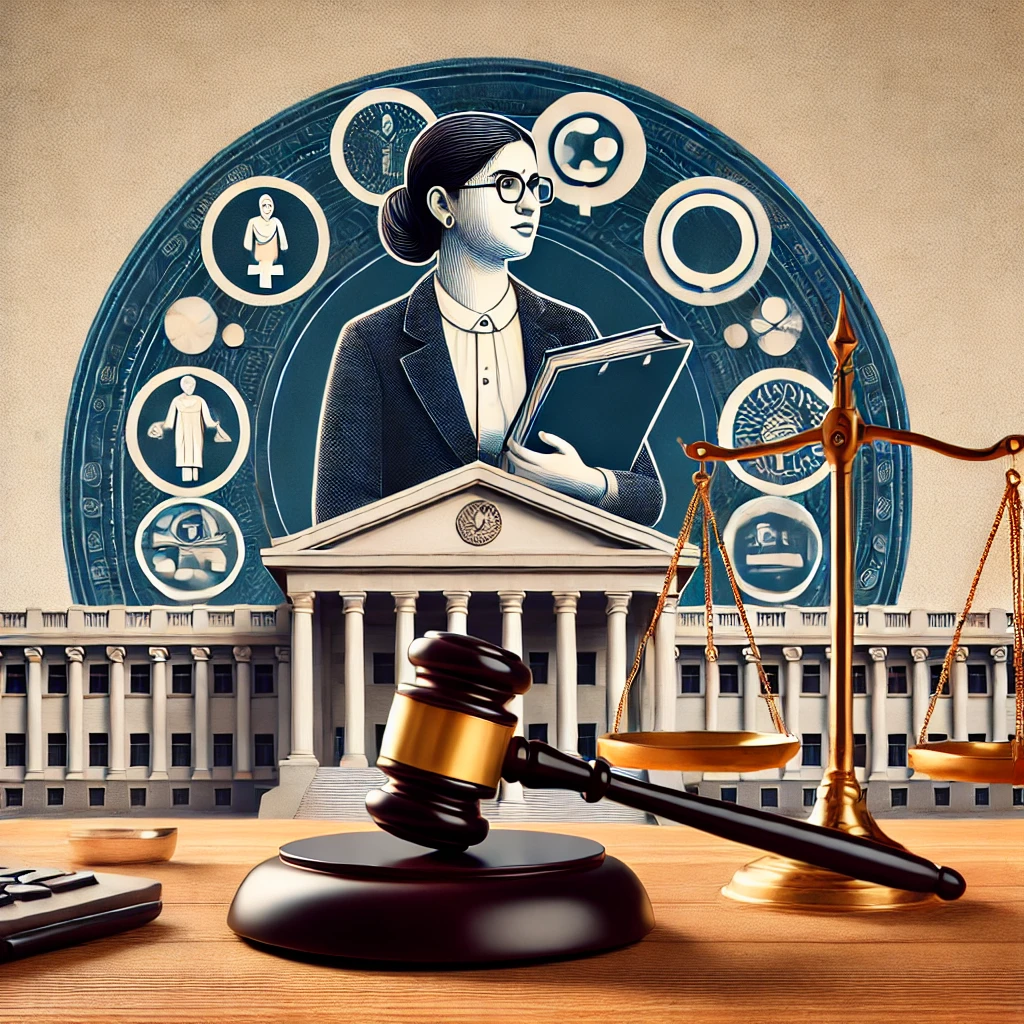
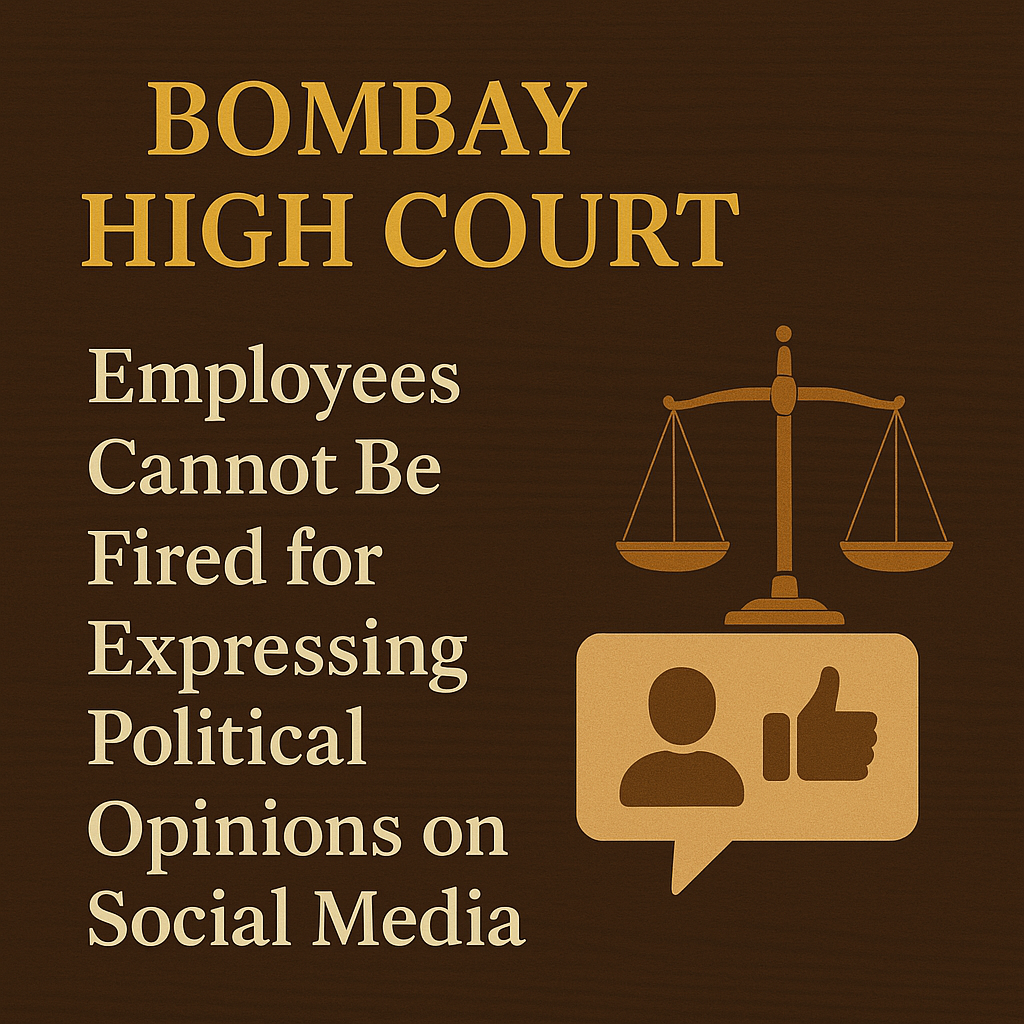


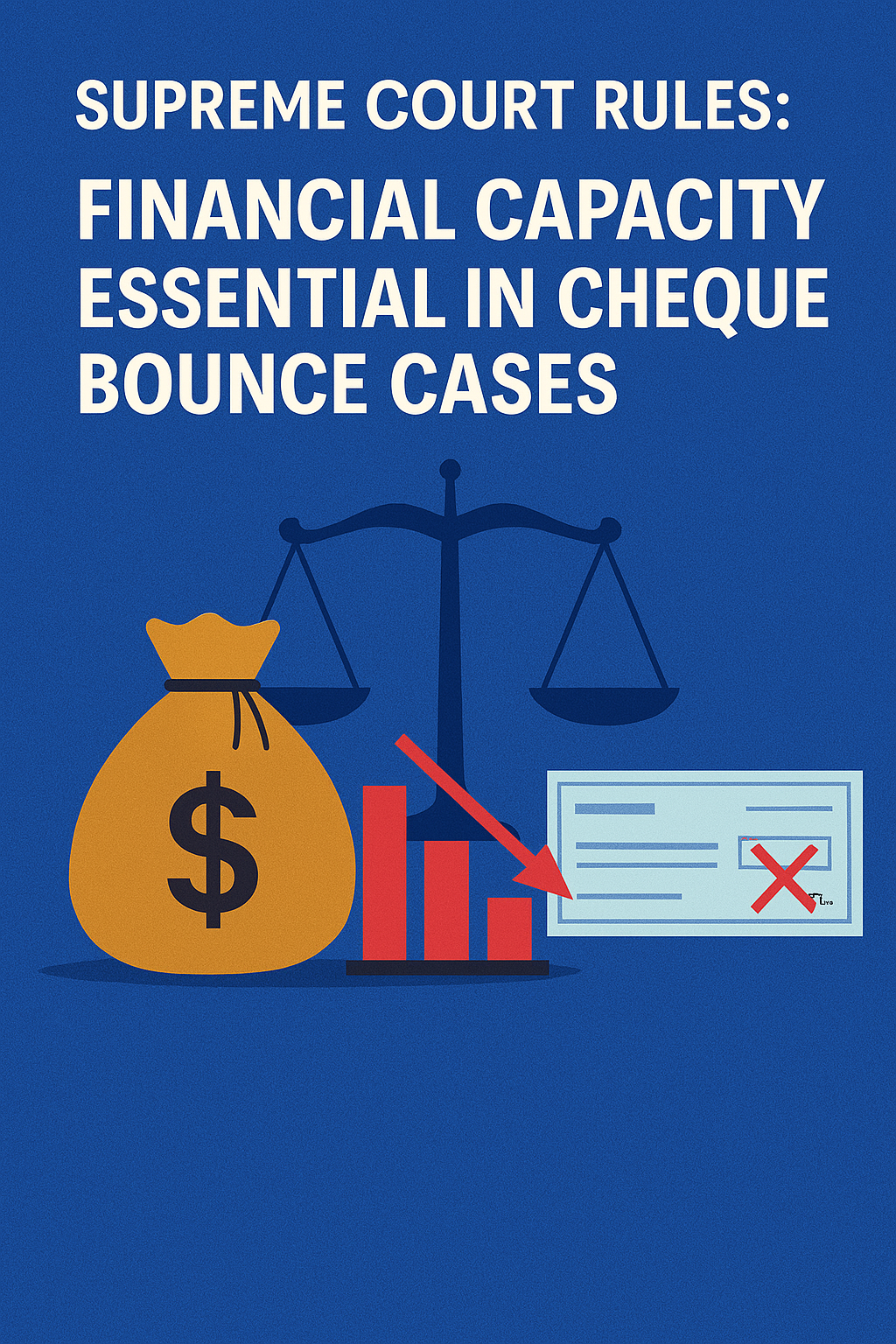
0 comments